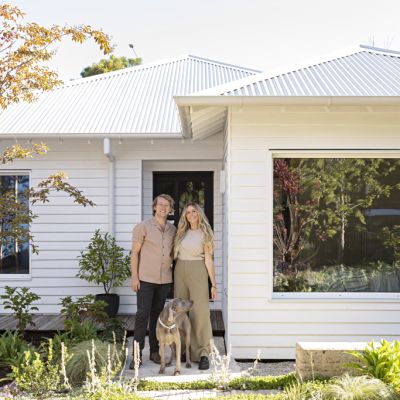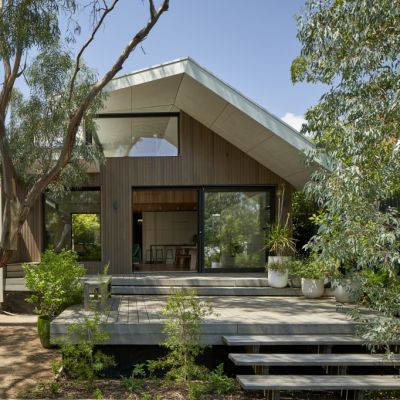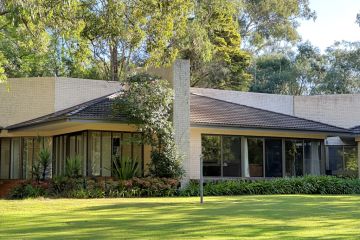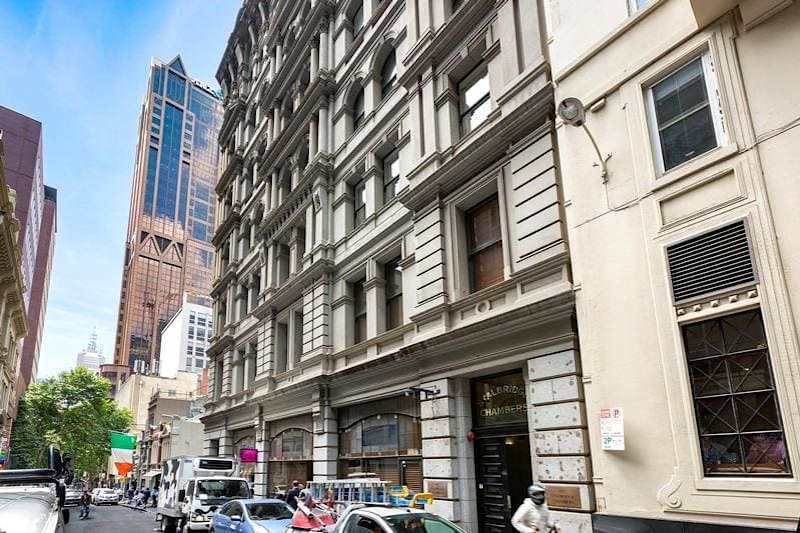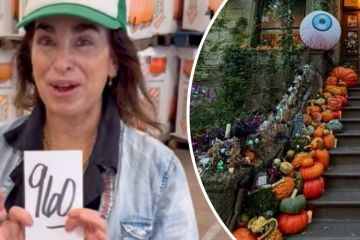Shou sugi ban: The traditional Japanese technique seeing a resurgence
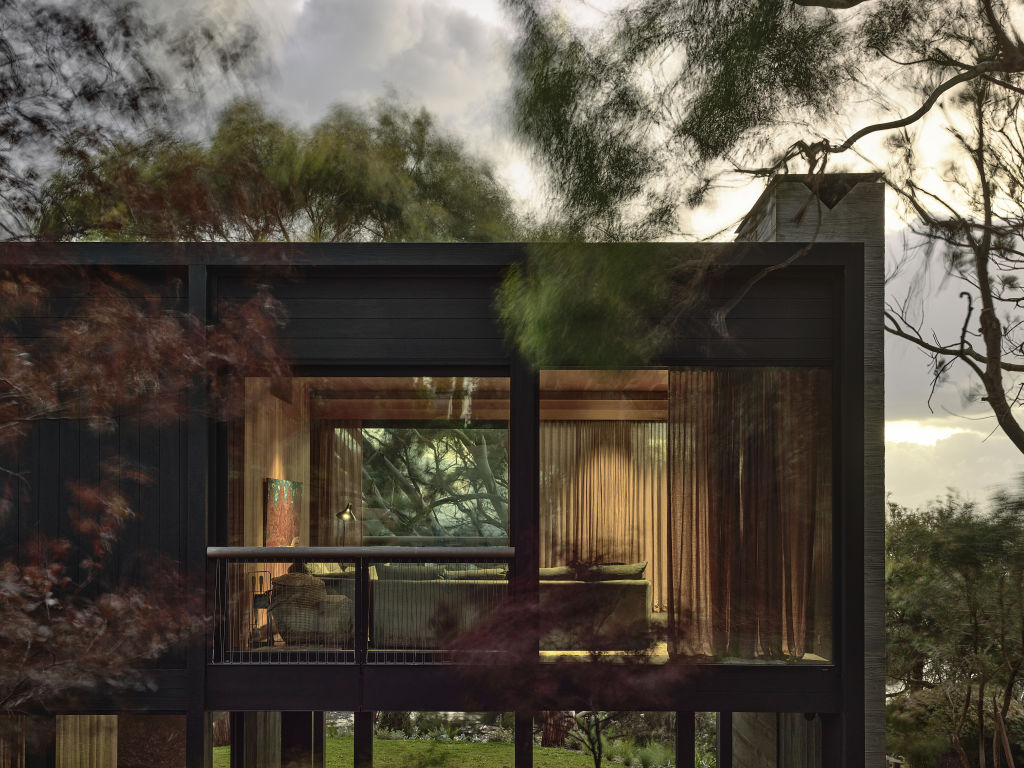
In the small town of Somers on Victoria’s Mornington Peninsula, overlooking Western Port Bay, a family holiday house recedes into the coastal landscape.
Inspired by the earthy palettes of Aboriginal artist Queenie McKenzie and the work of Mexican architect Luis Barragan, the newly built home is clad in an ochre-hued render and charred timber boards.
“It is very matte but it also has this incredible reflectiveness that almost looks like crocodile scales, which we love,” says architect Matilda Blazey from Kennedy Nolan. “It sort of speaks to the Australian bush and bushfires.”
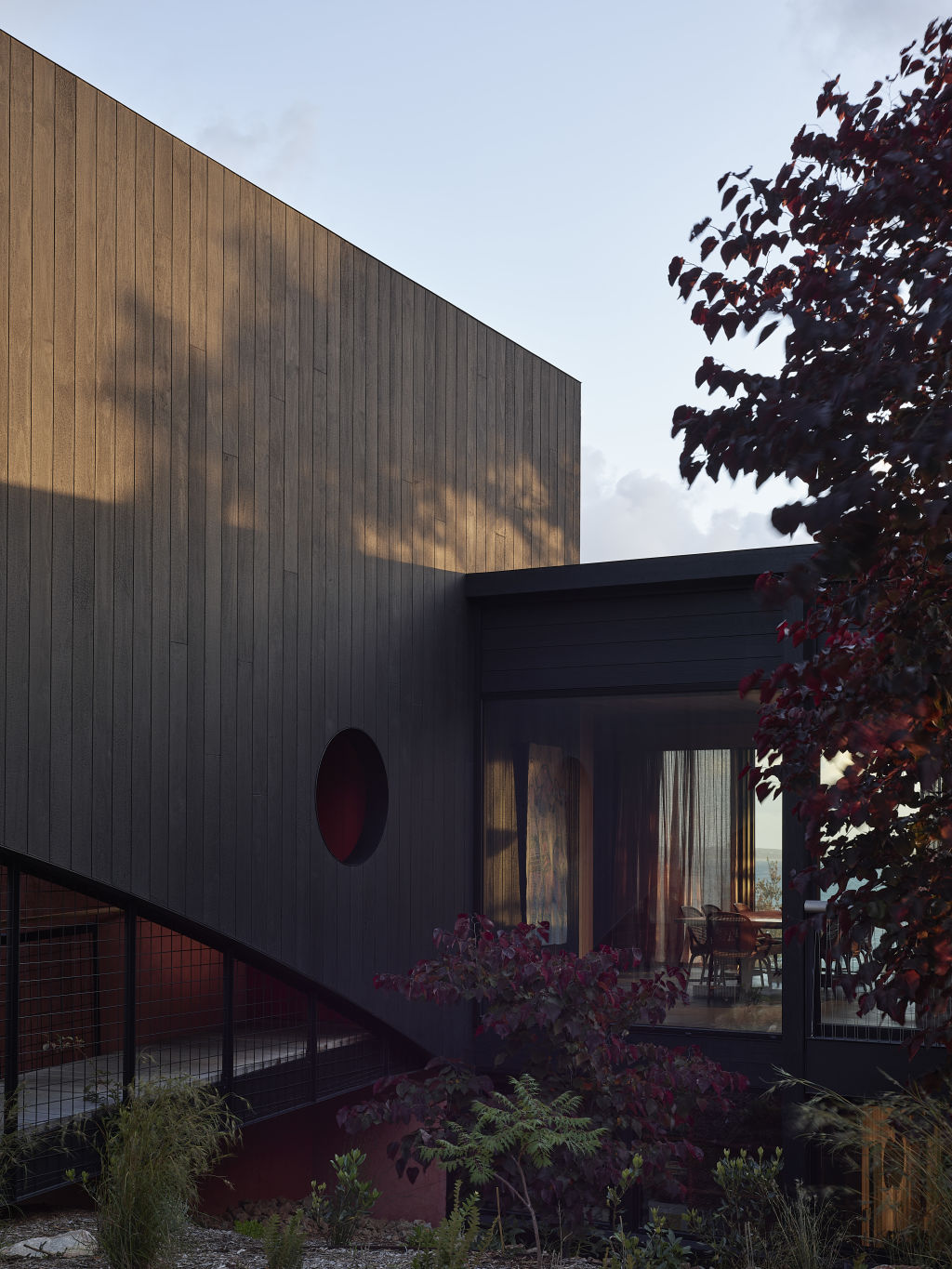
The timber’s crackled charcoal finish has been achieved with a technique known as shou sugi ban or yakisugi – a traditional method of preserving wood believed to have originated in Japan in the 18th century.
While the exact process has evolved over the centuries and varies between producers, it involves burning the surface of the timber, cooling the charred boards and then coating them.
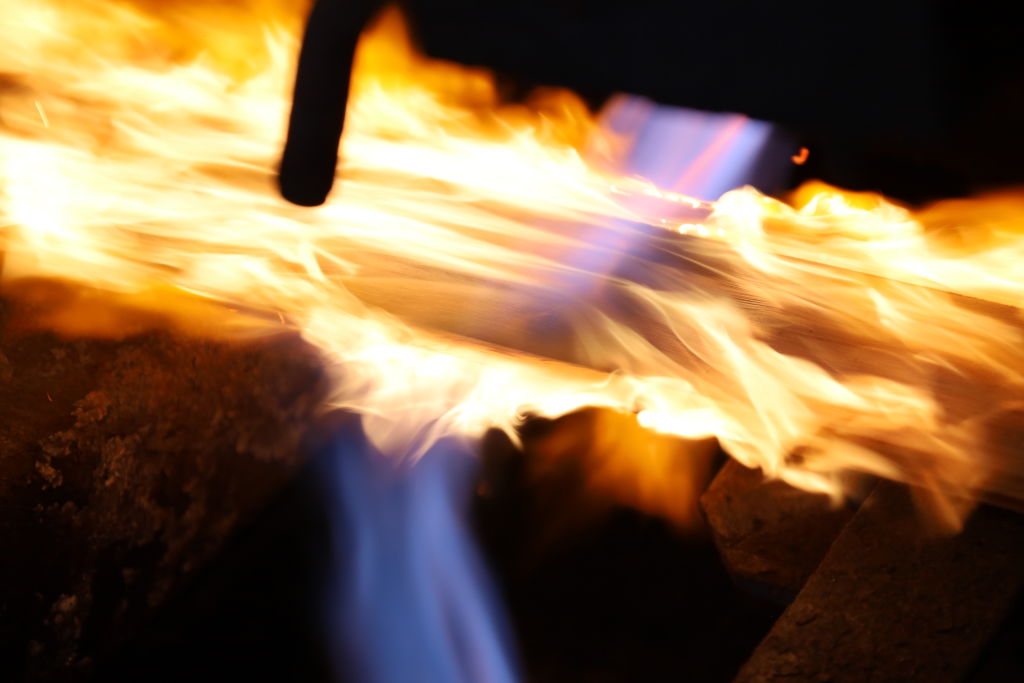
“When you burn the timber, you’re neutralising the proteins, so you make the timber more resistant to mould and mildew,” explains Dean Crowther, head of architectural specification at Modinex, which manufactures shou sugi ban-treated timber at its factory in Moss Vale, NSW.
“Another advantage is that … it’s less desirable for spiders and insects.”
Modinex has been using the technique for around 10 years and supplying the finished product to builders around the country.

Its process includes sealing the charred timber – it uses bushfire-resistant hardwoods like spotted gum and ironbark – with a protective coating to prevent transfer, once at the factory and again after installation.
“Carbon is a fine participle that, if you’ve got a heavy storm, it could potentially wash a little bit off,” Crowther says. “What we use is a special charred coating that bonds the particles together … it gives the product the original look for a lot longer.”
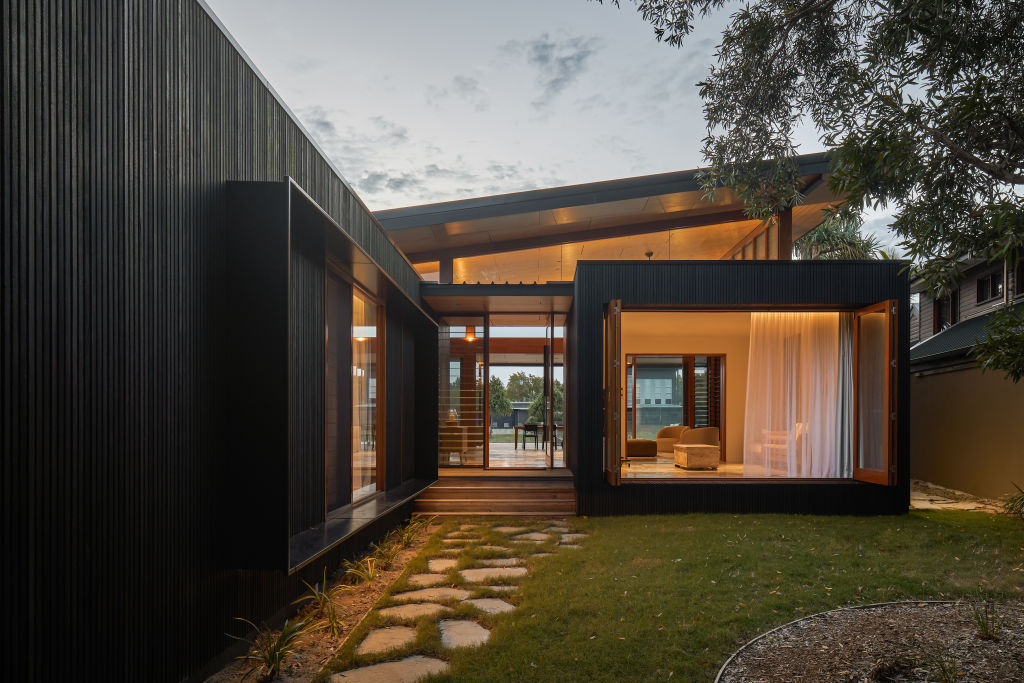
Crowther says the popularity of the finish is “on the way up”, with Australian architects and designers drawn to its minimalistic aesthetic and durability.
Modinex recently supplied charred timber battens for a residential project by BDA Architecture on Queensland’s South Stradbroke Island, where it was used both externally and internally.
“We are starting to see it used internally in some of the really high-end builds,” Crowther says. “I’d say internal use is going to be on the increase.”
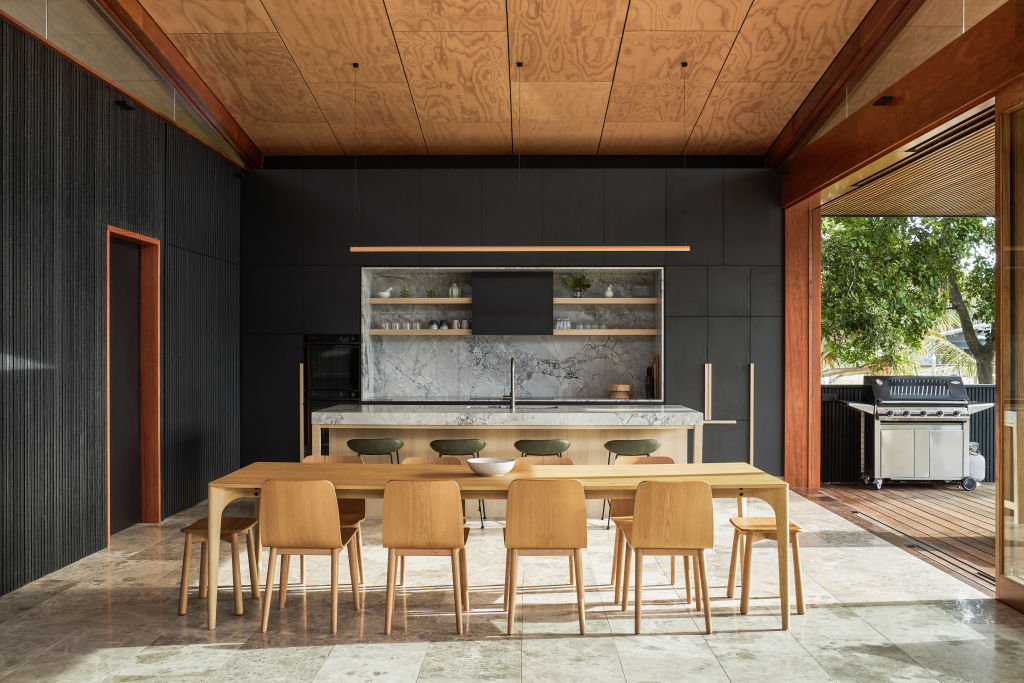
He recommends re-coating the charred timber every five years to keep the finish looking fresh, but says some people choose to let it grey.
Sustainable architecture and building firm CplusC used shou sugi ban-treated timber on the exterior of its Holocene House project in Manly on Sydney’s northern beaches.
After carefully considering the embodied energy of different cladding systems, charred spotted gum from Mortlock Timber was chosen.
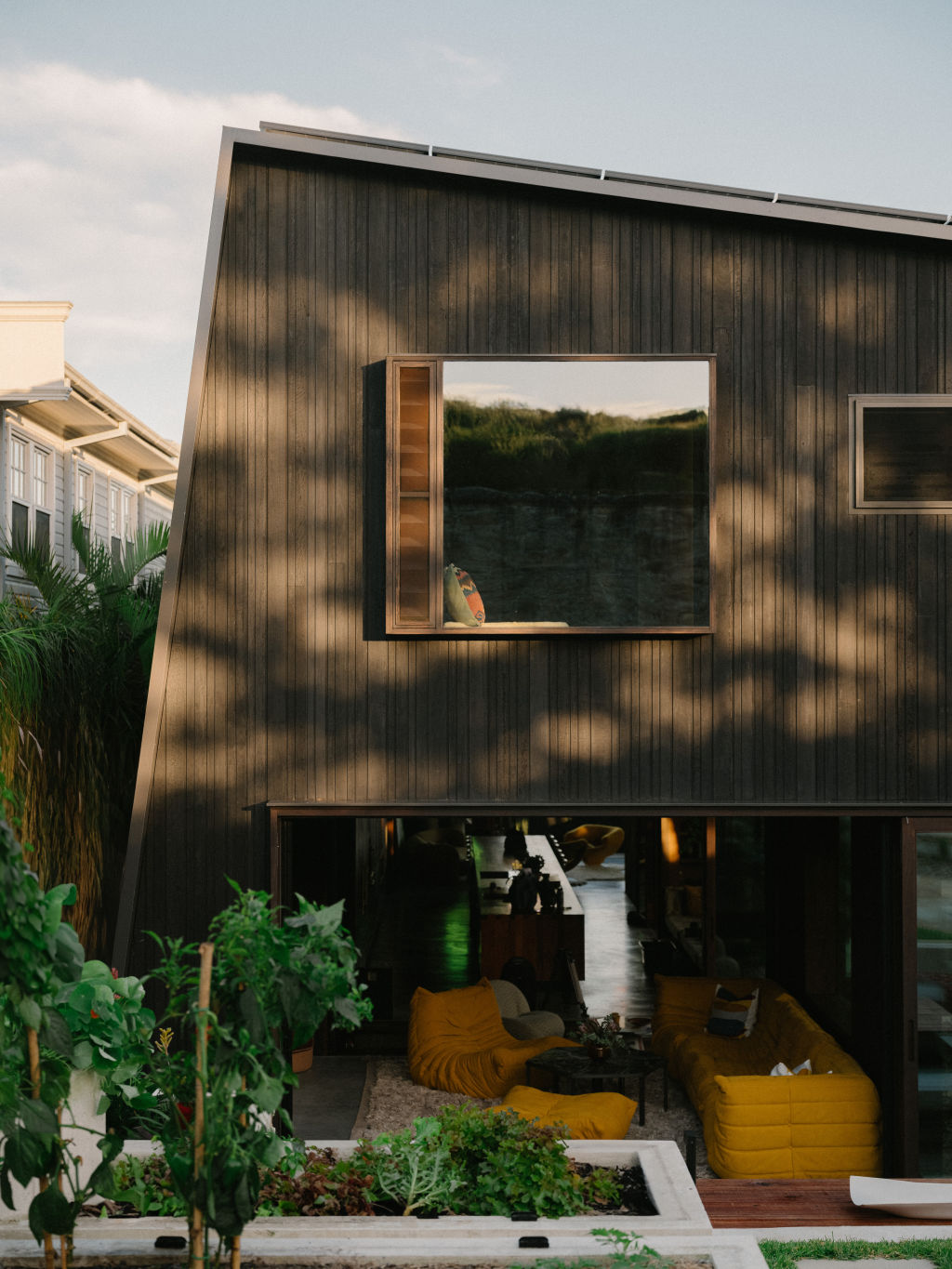
“What I was noticing was that smooth finished timbers that we’d oiled were requiring a lot of maintenance,” says CplusC director Clinton Cole. “We landed on shou sugi ban simply because it had less maintenance over the course of its lifetime.
“If you’re going to use timber cladding, certainly in a coastal environment where the UV impact is intensified … that’s where that material really is suitable.”
Like Crowther, Cole recommends that shou sugi ban-treated timber is given a fresh coat of oil about once every five years.

The Manly project, completed in 2023 and the first in Australia to achieve an Active House certification (which assesses a building’s comfort, energy efficiency and environmental impact), pairs the charred cladding with exposed spotted gum, thermally modified timbers, plywood, and recycled timber from locally demolished houses.
“As long as you’re using Australian species, they tend to all blend well with each other,” Cole says.
For the Somers project, completed in 2022, Kennedy Nolan opted for Accoya, a modified wood supplied by Britton Timbers.
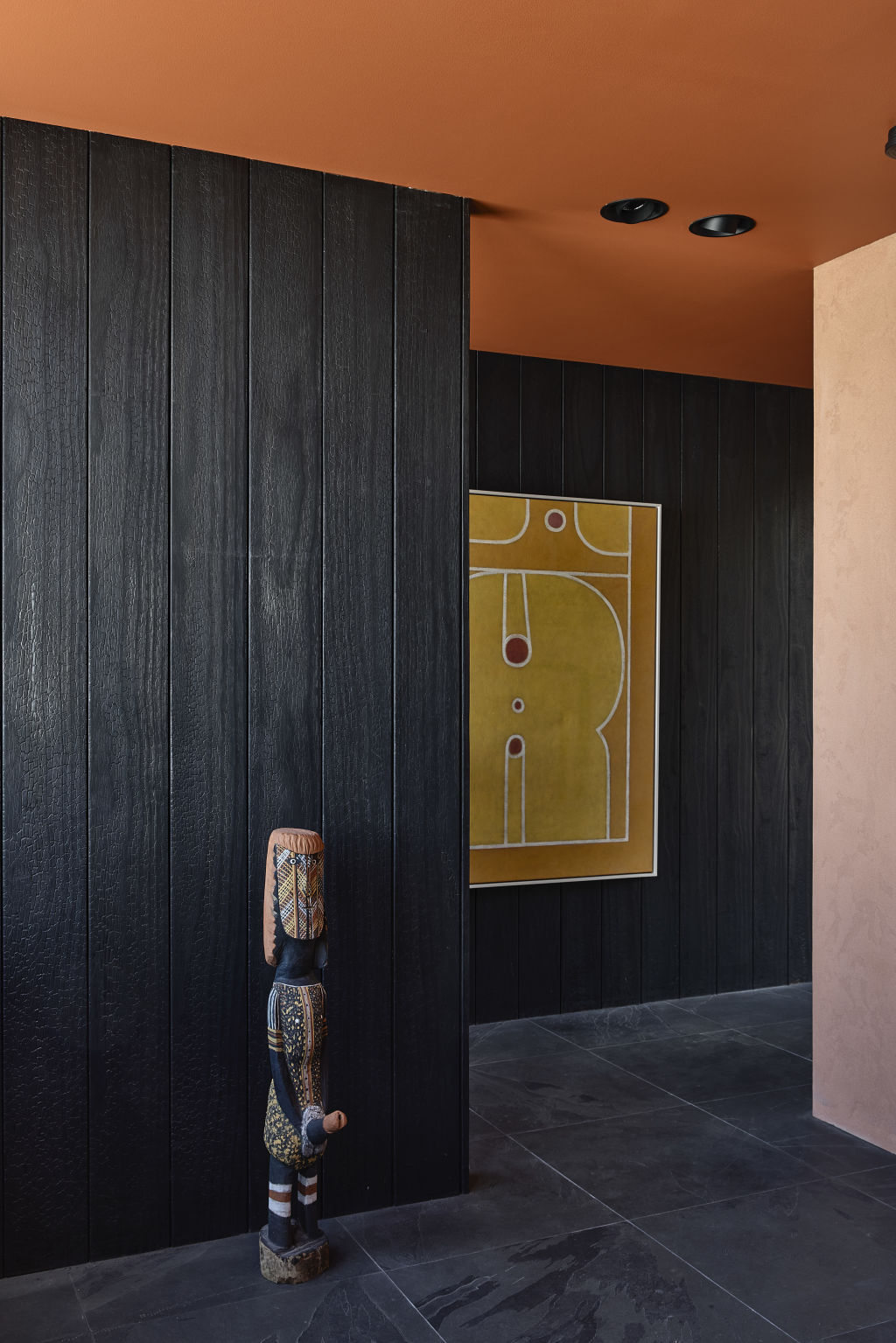
“We wanted to use a sustainable timber and the Accoya is extremely good from that point of view,” Blazey says. “We had to treat it in some way and we love the beauty of the shou sugi finish.”
She says that while the technique was “pretty experimental” when it first came to Australia, there is now a range of products on the market. Kennedy Nolan has used charred timber in other past projects and plans to incorporate it into several upcoming builds.
“I think probably in the last 10 years it’s become more and more accessible,” Blazey says. “We’ve used it in urban locations, rural locations, at the beach – I don’t think it’s restricted to one setting … it’s pretty diverse in its application.”
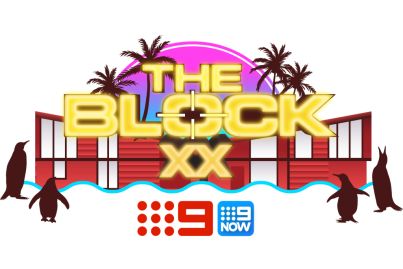

We recommend
We thought you might like
States
Capital Cities
Capital Cities - Rentals
Popular Areas
Allhomes
More
